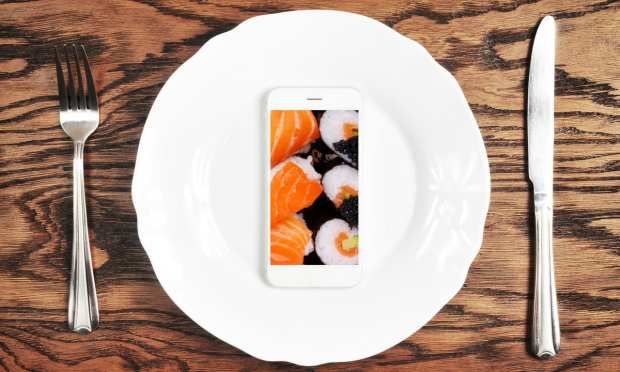Putting Subscriptions On The Menu At Restaurants And QSRs

The pandemic has been bad news for just about everyone over the past several months, but that doesn’t mean it’s been equally bad all around. Restaurants and convenience stores rank among the hardest hit, Paytronix Co-founder and CEO Andrew Robbins told Karen Webster in a recent conversation.
They’ve been forced to redesign their operations around digital services nearly overnight in response to shutdowns, he said, but face the real possibility that they’ll be driven out of existence by mega-digital players like Amazon or DoorDash.
“It was just clear with COVID coming on that more and more people would look to disintermediate restaurants and convenience stores,” Robbins said.
He said that as more and more guests shop or dine off-premises, a desirable physical location becomes less important, as does the ambiance of “group experiences. So, it gets very easy to try to disintermediate them. That’s why we jumped in.”
“Jumped in” involved Paytronix creating a new capability for its restaurant and convenience store clients — a turnkey solution to make it easier for establishments to offer up subscriptions to their customers.
Robbins said that aims to create stickiness with an establishment’s customers, but also gives firms a bigger data set to work with when it comes to analyzing their customer bases. Doing so makes it easier to build directly and specifically for those consumers.
He said that until consumers can feel safe returning to the physical world, subscriptions give restaurants and convenience stores the ability to maintain and even strengthen relationships with guests — even when those customers are determined to stay at home.
How To Build A New Type Of Subscription
There are certainly a lot of subscription services out there today — for media content, to keep home pantries stocked, for hobbies, for fashion — the list goes on and on.
But Robbins said the trick with a subscription service isn’t just in building it out, but building it right. An offering has to really scratch an itch the consumer was feeling, but still be a revenue driver for the merchant.
For instance, he said that if Starbucks started offering all-you-can-drink coffee for $9 a month, “they would go under very, very quickly” because the chain’s core heavy users come very frequently just to buy coffee. But a convenience store with the same offering might make money on attachment sales from gasoline, pastry items and breakfast sandwiches.
Robbins said that’s actually going to help that store better target its day-to-day gas customers with something that makes it far more likely that they won’t just drive away when they’ve pumped their self-serve gas. Instead, they’ll probably come into the store, grab their free cup of coffee and purchase a few higher-margin items as well.
Robbins said that’s a fairly straightforward example of a smart subscription program, but Paytronix’s programs have “run the gamut” in terms of how they’re conceived and what they’re designed to do.
He said the company creates programs for clients who “want to offer something more to their customers — something that’s going to help really solidify the relationship and provide value for the money people are spending. The goal is [to] tie them tighter to the customer, especially as we’re talking about COVID increases and things like the second wave. And there’s a way to do this with value.”
However, what that value might be can vary from business to business. Paytronix is seeing such programs as Friday night pizza subscriptions, subscriptions built around signature items that a place sells or small subscriptions that offer free delivery.
It’s still early days, and many of the firms Paytronix is working with are still in the design and production process. Robbins said they’re deciding exactly what to offer, or are in early trials with select groups of customers by invitation only.
Many firms are also fine-tuning the details around things like pricing to “make sure they aren’t going to lose their shirt,” he said.
Riding The Subscription Raft Through The Second Wave
But as the entire world knows at this point, COVID-19 cases are on the rise again. That’s leading to new stay-at-home orders and restaurant closures to slow the spread of the contagion.
That just added fresh uncertainty to a year that really didn’t need any more, Robbins said. But he said that with things like subscriptions services, restaurateurs hit by uncertainty aren’t just offering their customers a pizza every Friday night, a hot cup of coffee on a cold morning or free delivery to their front doors. Instead, they’re offering a haven of certainty for customers who can set and forget something in an otherwise stressful time.
It’s not a permanent commitment — all of the programs Paytronix sees under design give customers an option to pause subscriptions if someone is going to be away and unable to use it. But the programs are still fixtures that will be there unless consumers don’t want them to be.
Robbins said that makes subscriptions a way to reduce the number of decisions a consumer has to make. It also creates what he called the “zero-click” purchase experience, where pizza just appears on Friday night without customers having to think about it at all.
“And we see [clients] are trying to get those subscriptions built and out now,” he said. “They are really looking to have them ready for the holidays. In fact, this may even end up being a gift-giving opportunity as well, so that people can buy each other subscriptions for the next year.”
